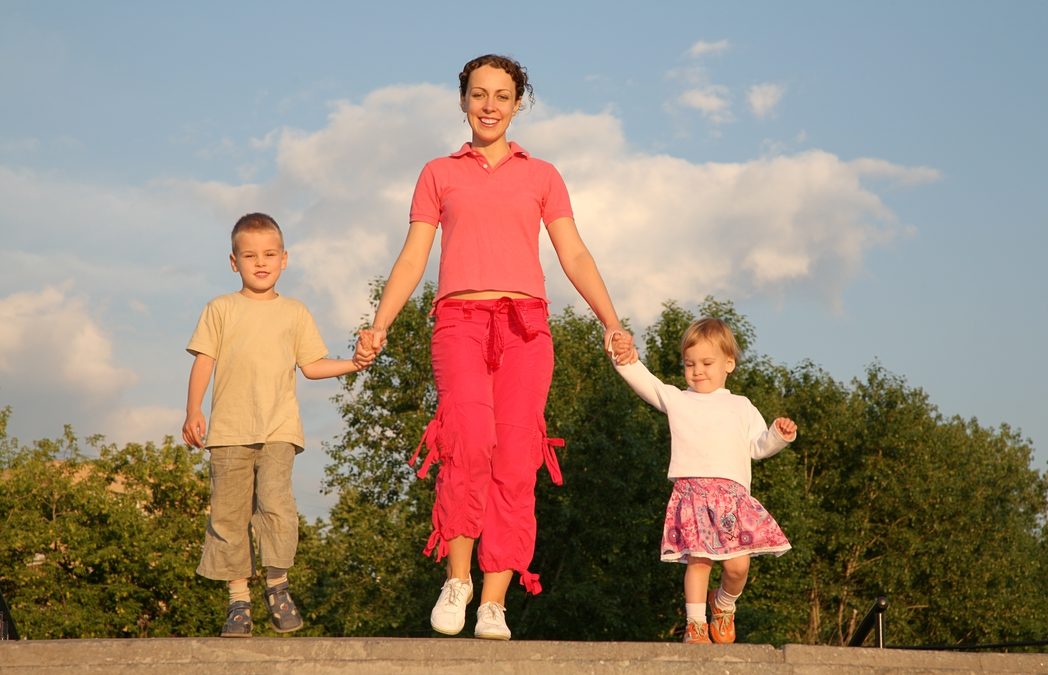Fear is one of the strongest emotions that we face in life. How we respond to fear and anxiety is very personal, and can vary significantly given our genetics and life experiences. Many of us can relate to times that feelings of fear and anxiety can hijack our abilities to remain calm and think clearly, even in the absence of actual danger.
To understand this better, we need to consider the amygdala. I like to use the fist as a model of the brain to provide a visual of how the amygdala works (I am not sure who first came up with this, but it definitely wasn’t me). In the case of the fist, the thumb represents the amygdala, which is the part of our brain that is engaged with our emotions, including fear and anxiety. The fingers wrapped over the thumb represent the frontal lobe/executive functioning. When we are feeling calm, our frontal lobe is engaged and the amygdala is covered (like your fingers are saying, ‘I’ve got your back’). When we feel fear, stress, and anxiety, the fingers get a bit jumpy and are not as engaged. And if we can’t remain calm and ‘flip our lids’ – be it panic, anger, tears, or flight, this is equivalent to the hand being splayed out, and our executive functioning is no longer in control of our emotions. In fact, when our amygdala is raising the alarm bells, it is almost virtually impossible to think reasonably – we are in fight or flight mode.
There can be a lot of precursors to the fight or flight response – heart palpitations, tense shoulders, a knot in the throat – whatever it is, recognizing the feelings can help us know when to intervene and help our amygdala stay calm (unless there is actual danger. For some people this comes completely naturally. For others, it is skill we can learn. Here are a few simple tricks that can help regulate our amygdala when we feel like we are about to become overwhelmed with emotions:
- Go for a walk or do some exercise.
- Controlled breathing. Try a long deep inhale into the diaphragm for a count of five, hold for two, and exhale for six counts. Repeat five times (or more).
- Relaxation exercise. Breath in and tense all the muscles in your body and hold for a count of ten, then release for a count of five. Repeat a few times.
- Visualize a place that makes you feel peaceful and calm.
- Count to ten and back again (a tip from my neighbour!).
Anything we can do to break the loop for ourselves, we can also use to role model for the kids we interact with. Let’s face it, 2020 has been a hugely anxiety inducing year. Managing our own fear and anxiety responses, and helping our kids to regulate theirs, are important components to promoting a sense of wellbeing and resilience. Better still, we can share that positive energy with the world that we interact with, and #SpreadTheLove!
ADDITIONAL RESOURCES
For Children: This video talks about how courage can help children overcome fear.
For Youth: 26 ideas, strategies and techniques to help a young person to cope better if they are experiencing stresses and pressures
For Caregivers: Breathing exercises and calming activities for kids.
For Educators: Strategies to help provide an environment where students are taught and practice being in charge of their feelings and behaviors.

